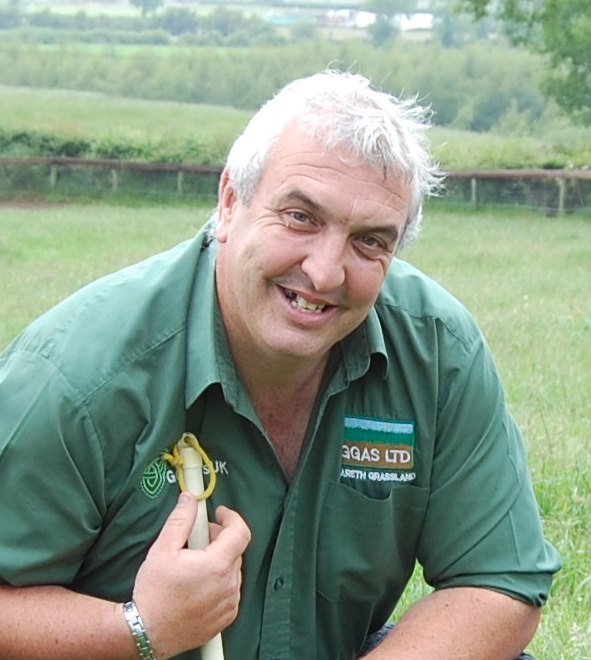Irish livestock farmers could improve the output they achieve from grazed grass, if they moved away from set stocking, according to Welsh grassland specialist Gareth Davies.
“Set stocking is inherently inefficient: rotational grazing systems are not,” he said.
“Rotational grazing is practised within the Irish dairy sector. But it is an equally valuable tool for beef and sheep farmers.
“In my opinion, a paddock-based grazing system should be the first priority established for all classes of ruminant livestock.”
Davies made these comments while hosting a farm walk on the Co. Down farm of the Best family earlier this week. He works as a grassland consultant on farms throughout the UK and Ireland.
“Set stocking does not work because the system doesn’t allow for optimal grass re-growth,” he said.
“Stock will preferentially select out the most nutritious grasses at all times. As a result, these plants will not get the chance to recover properly, once they have been grazed off for the first time.”
Turning to the grassland management of grazing paddocks, Davies said that “one is the all-important number”.
“The first paddock grazed will always be the indicator of how well grass is growing. As soon as it is ready to be grazed again, once a rotation is underway, stock should be put back into it. The other paddocks in the system that had previously been ahead of the stock should be cut for silage.
“By taking this approach, farmers will ensure that the grass quality available to their cattle and sheep is always optimal.”
Davies pointed out that rotation periods can range for 21 days to 35 days.
“The absolute priority is that of matching grass availability with the nutritional needs of stock,” he said.
“Achieving the highest standards of grassland management is crucially important for the Irish livestock sector.
“But, given this background, I am deeply concerned about the lack of knowledge agricultural graduates seem to have regarding this important matter.”

